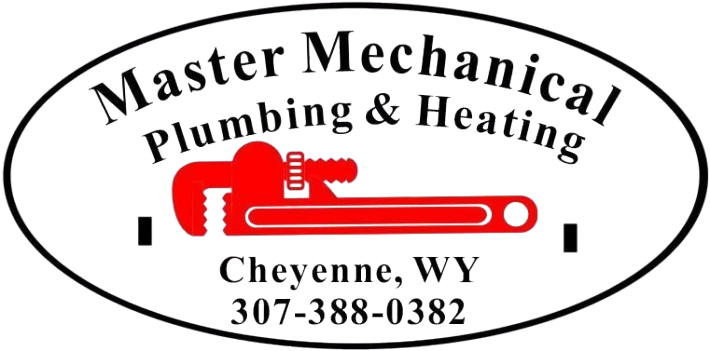Hydrovac vs. Traditional Excavation: Which Is Better for Sewer Work?
When it comes to sewer work, precision, safety, and efficiency are top priorities. Two popular methods of excavation—Hydrovac (hydro excavation) and traditional mechanical excavation—offer different benefits and challenges. With advances in technology and increasing awareness of underground utility safety, many contractors and municipalities are now comparing these two approaches more closely. But which method truly stands out for sewer projects?
From new installations to emergency repairs, the choice of excavation technique can greatly impact timelines, costs, and overall success. Understanding how each method works will help you make the right decision for your next project.
Digging Deep: Comparing Hydrovac and Traditional Excavation
1. How Each Method Works
Traditional excavation involves the use of heavy machinery such as backhoes, excavators, and trenchers to remove soil. It’s a time-tested approach, especially effective for large-scale or open-area projects where speed and volume matter. However, it comes with higher risks of utility strikes and often requires more backfill and site restoration.
Hydrovac excavation, on the other hand, uses high-pressure water to liquefy soil, which is then vacuumed into a debris tank. It’s a non-destructive method ideal for precision digging around sensitive underground infrastructure.
2. Safety and Damage Prevention
One of the biggest advantages of Hydrovac excavation is safety. When working around gas lines, water mains, and electrical cables, damaging these utilities can be dangerous and costly. Hydrovac significantly reduces the risk of accidental strikes, making it a preferred choice in urban environments or congested underground areas.
Traditional excavation carries a higher chance of hitting existing utilities, especially if older maps or inaccurate markings are used. This can result in costly repairs, delays, or even safety hazards.
3. Efficiency and Cost Considerations
While traditional excavation may seem more cost-effective upfront, Hydrovac saves time in many scenarios by reducing the need for extensive restoration, lowering labor hours, and preventing expensive utility repairs. It’s particularly efficient for tight spaces and spot repairs where precision is crucial.
However, for large open areas with fewer underground obstructions, traditional excavation might be faster and more economical, depending on soil conditions and project size.
4. Environmental and Site Impact
Hydrovac’s minimally invasive nature makes it better for environmentally sensitive areas or locations with established landscaping. There’s less disruption to the surrounding area, and cleanup is typically faster.
Conversely, traditional excavation often involves more ground disturbance, which can lead to increased erosion, compaction, and restoration requirements.
Choose Expertise You Can Trust: Master Mechanical, Inc.
Choosing between Hydrovac and traditional excavation ultimately depends on the size, complexity, and location of your project. For sewer work requiring precision, safety, and reliability, Hydrovac often comes out ahead—especially in urban or sensitive environments. At Master Mechanical, Inc., we bring over 17 years of plumbing expertise to Cheyenne, Wyoming, and surrounding areas. Our team is highly trained in both Hydrovac and traditional excavation methods, ensuring the right solution for your unique needs, whether you're planning a central sewer installation or a targeted repair, trust Master Mechanical, Inc. to deliver efficient, safe, and high-quality results every time.

